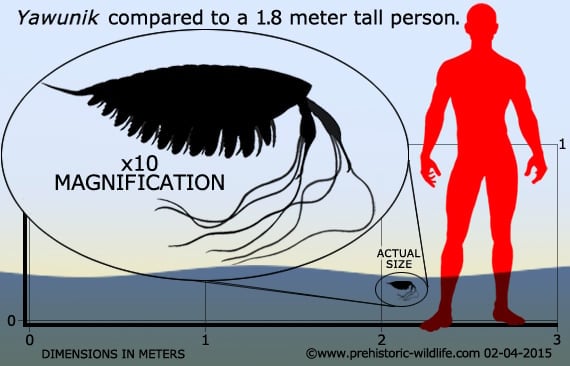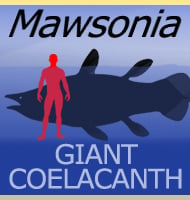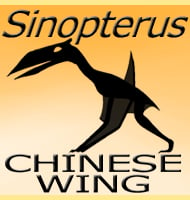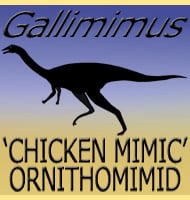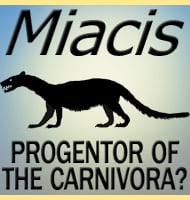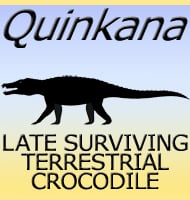In Depth
Yawunik has been a very big insight into how modern arthropods may have developed the features that they are known for. In modern (and most prehistoric forms), different functions such as sense, grasping, walking, etc. are usually divided to specific body parts. In Yawunik however you can see body parts adapted that are for lack of a better term multipurpose.
Yawunik looks a little bit like a fifteen centimetre long pill bug, but it is the front appendages that the genus is most notable for. Each appendage ended with the growth of three claws, but this wasn’t all. From the ends of these claws, long wisp like antennae grew, meaning that Yawunik could not only sense but also trap prey with the same body parts, abilities that are usually separated in other forms.
Aside from the multipurpose claws, another thing that makes Yawunik stand out is that this creature had four eyes. These were underneath the most forward part of the shell which may have acted as a hood for the eyes and with this arrangement in mid Yawunik seems to have had its vision orientated forwards. Whether Yawunik sifted through soft sediment for buried prey, or if it lay in-between crevices to ambush passing animals, we simply do not know.
Further Reading
- A large new leanchoiliid from the Burgess Shale and the influence of inapplicable states on stem arthropod phylogeny. - Palaeontology. - C�dric Aria, Jean-Bernard Caron & Robert Gaines - 2015.
